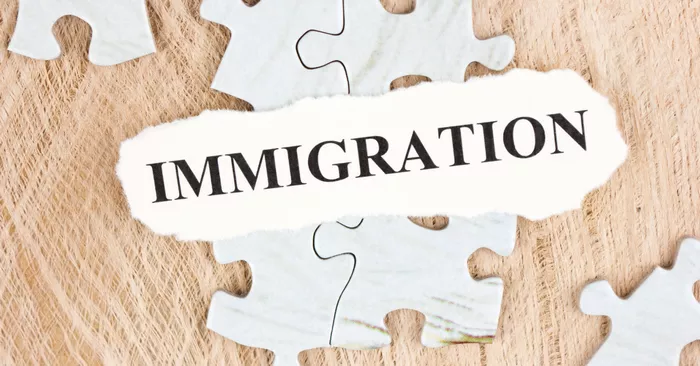Immigration, the movement of people from one country to another with the intention of settling there permanently or temporarily, has been a prominent feature of human civilization for centuries. However, despite its long history, the motivations behind immigration remain complex and multifaceted. While there are numerous reasons why individuals choose to leave their home countries and seek new opportunities elsewhere, some factors emerge as more prevalent and influential than others. In this article, we delve into the most common reason for immigration, shedding light on the underlying factors driving this global phenomenon.
Economic Opportunities
One of the foremost reasons why people immigrate is the pursuit of better economic prospects. Economic disparities between countries, characterized by differences in wages, job availability, and overall standard of living, often prompt individuals to seek opportunities abroad. In many cases, immigrants come from regions with high unemployment rates, limited career advancement prospects, or low wages, hoping to secure better-paying jobs and improve their financial well-being in destination countries.
For instance, individuals from developing nations may choose to immigrate to wealthier countries in search of employment opportunities that align with their skills and qualifications. This phenomenon is particularly prevalent in sectors such as information technology, healthcare, and engineering, where there may be a demand for specialized talent that is not readily available in the immigrants’ home countries.
Political Instability and Conflict
Political instability, social unrest, and armed conflict are significant drivers of immigration, compelling individuals to flee their home countries in search of safety and security. People living in regions plagued by conflict, persecution, or human rights abuses often have little choice but to seek refuge elsewhere to protect themselves and their families from harm.
For example, the ongoing civil war in Syria has resulted in millions of Syrians fleeing their homes and seeking refuge in neighboring countries and beyond. Similarly, political turmoil in countries such as Venezuela and Afghanistan has led to mass emigration as individuals seek asylum and a chance for a better life in more stable nations.
Family Reunification
Family reunification serves as another primary reason for immigration, with individuals often choosing to relocate to be closer to their loved ones. Family ties play a crucial role in shaping migration patterns, as people may seek to join relatives who have already established themselves in a different country.
Many countries have family-based immigration policies that allow citizens and permanent residents to sponsor their family members for immigration, facilitating reunification. This often includes spouses, children, parents, and siblings, depending on the specific immigration regulations of each country.
Education and Academic Opportunities
Access to quality education and academic opportunities motivates many individuals to immigrate, particularly students seeking to pursue higher education or specialized training abroad. Countries renowned for their prestigious universities, research facilities, and educational resources attract students from around the world who aspire to gain knowledge, skills, and qualifications that may not be readily available in their home countries.
For example, international students flock to countries like the United States, the United Kingdom, Canada, and Australia to enroll in undergraduate, graduate, and professional programs across various disciplines. The promise of academic excellence, cultural enrichment, and career advancement drives the flow of students seeking educational opportunities abroad.
Better Quality of Life
The desire for a better quality of life encompasses various factors, including access to healthcare, social services, environmental conditions, and overall well-being. Immigrants often seek to escape adverse living conditions in their home countries and relocate to places where they can enjoy a higher standard of living and greater societal benefits.
Countries with robust healthcare systems, social welfare programs, and a high quality of life attract immigrants looking to improve their overall well-being and that of their families. Additionally, factors such as clean air, safe neighborhoods, and recreational amenities contribute to the appeal of certain destinations for those seeking a better quality of life.
Conclusion
In conclusion, while immigration is influenced by a multitude of factors, including economic, political, social, and personal considerations, certain reasons emerge as the most common and influential drivers of this global phenomenon. From the pursuit of economic opportunities and refuge from political turmoil to family reunification, education, and the quest for a better quality of life, individuals make the decision to immigrate based on a combination of push and pull factors.
Understanding the primary drivers of immigration is essential for policymakers, researchers, and stakeholders seeking to develop informed immigration policies, address humanitarian challenges, and harness the social and economic benefits of migration. By acknowledging the diverse motivations behind immigration and adopting inclusive and humane approaches, societies can navigate the complexities of immigration and embrace the cultural diversity and talent that immigrants bring to their communities.


